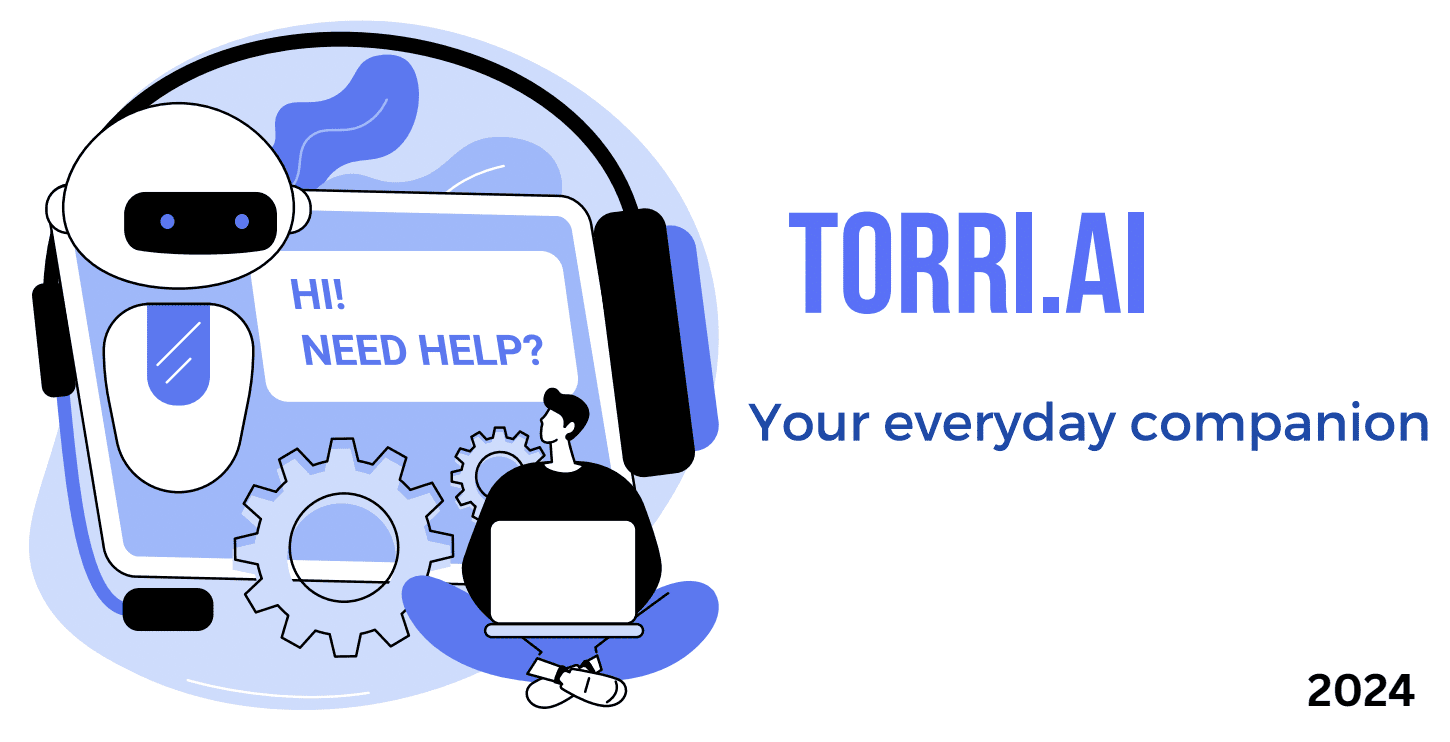Interviewing engineers, searching and vetting dozens of CVs can easily interfere with a start-up’s primary responsibilities. Not to mention, the painstaking process of negotiating stable wages, which can get complicated with the market demands, minimum wage and government labour policies. Given the recurrent pressures to remain profitable in competitive global landscape multiple companies have resorted to leveraging multi-skilled labor forces in lower-cost economies. Separated by distances, dedicated resource teams are essentially becoming the ideal solution as ‘extension teams’ or ‘virtual teams’. This is duly thanks to the improved high-speed internet communication links and collaboration tools which allow quick data transfer between development sites and clients. So, why are more corporations considering a dedicated resource model?
What issues are ‘higher cost economies’ facing with skilled technical labour?
Generally, the biggest issues most start-ups and businesses in more modern economies face storms down to cutting labour costs to maintain profitability. A dedicated resource partner shields the company from payouts and overheads such as:
- Employee benefits
- Labour taxes
- Extra Infrastructure costs
- Profit or Equity sharing
- Government labour regulations
- Administration hiccups and paperwork.
The mentioned challenges prohibit most resource restricted companies from competing if they are to fully use expensive local talent. Essentially, restricting profitability. Not forgetting the issue of productivity time lost, as a forty-hour office-based week can equate to 10-12 hours of weekly commute for most employees. And thus, removing that extra commute burden could result in more productive hours. Despite some start-ups and businesses having their resources co-located, more are considering remote dedicated resources or offshore programmers teams. Consequently, in a bid to reduce overheads that arise from the ‘higher’ wages demanded by local engineers.
Differences in annual wages
Firstly, while seeking relatively cheaper labor, corporations must also take into account the need for employing highly skilled employees. Wage demands in most ‘first’ world economies go hand in hand with:
- General cost of living of locations
- GDP and area economic growth
- cost of accommodation & real estate
- and cost of commute for most developers.
Which is pretty understandable considering that some of the ‘most advanced’ cities such as New York and London are the most expensive to live in. For example, real estate in Norway generally charges 72% of the US rate, while India charges about 30% of the US rate for rental properties.
Incidentally, the difference in wages across different regions of the world can prove significant and affect profitability for start-ups. For instance, a US software engineer’s salary can be multiple times greater than that of a person with equivalent skills in Asia or Africa. Of course, salaries continue to rise at a moderate pace because of the annual hypergrowth in ‘third world’ IT employment markets. From our experience, companies are now looking at alternative locations offering acceptable attrition rates with the continued promise of cheaper labor.
The Dedicated Resources Software Model
The dedicated resources software model is a business model of business collaboration between the customer and the service provider in software outsourcing. Specifically, upon contract signing, the software client obtains a team of remote software developers at his disposal, each having received an appointment letter, selected according to the requirements of a project. In retrospect, the dedicated team typically includes front-end and back-end developers, quality assurance testers, UX/UI designers, DevOps and a product manager. Normally during remote development, the dedicated team is fully focused on the project, while the customer controls the workflow and focalises their attention to high-level tasks. Furthermore, the performance of the dedicated team and KPIs of each developer is regularly monitored by a liaison with the client with occasional adjustments made to the workflow accordingly.
Why a Dedicated Resource Team?
- When companies from ‘high cost economies’ hire dedicated they are indirectly cutting off avoidable expenses whilst continuously and gradually developing a high-quality final product. For example, brands like Intel or Microsoft discover that it’s cheaper to encourage ‘external contractors’ to develop software for their platforms.
- Furthermore, for long term and complex projects whose requirements will frequently change, a dedicated resource model can prove a game-changer.
- Unfortunately, technology itself is typically known to go obsolete really quick and thus corporations require teams enthusiastic enough to keep up with the changes whilst producing standard products at lower costs.
Dedication to your business and Reputation
Dedicated resource development teams are commonly characterised by:
- full dedication to your product
- mirroring your values and thought process
- living and breathing your business objectives.
Basically, working exclusively for the customer’s business needs as the client gets undivided attention to their projects and products. Unlike most typical remote contractors who can have their attention shared between numerous clients making their resources less dedicated, dedicated resource teams are always at your service.
Furthermore, their services are well-managed, involve regular meetings with continuous regular support by permanent staff. Additionally, such teams care about their reputation above all. For instance, engineers are always watchful of product quality and respond to the problems appearing quickly with continuous execution of the quality process. Providing multiple areas of expertise, dedicated remote teams due to the cumulative effect become flexible, receptive and adaptive to new challenges.
Successful distributed development and Cost savings
Successful distributed resource development allows for faster development of high-quality software faster which leads to improved business agility for most first world businesses. In addition, granting foreign corporations a greater capacity to handle the pressures of globalization while maintaining a competitive edge. Typical in geographically dispersed sites, remote teams present foreign medium sized companies with tangible benefits, contributing to top-level organizational goals, for instance cost savings and increased efficiency. By leveraging cheaper employees located in ‘lower-cost economies’, first world economies have unprecedented access to affordable pools of multi-skilled labor coordinating across distance.
‘Follow-the-sun’ development model
Generally, time zone effectiveness allows foreign companies to manages resources in multiple time zones. Specifically, maximizing productivity by increasing the number of hours during a 24-hour day that software is being developed by its teams. As a matter of fact, when time zone effectiveness is maximized to span 24 hours of the day, it’s referred to as the ‘follow-the-sun’ development model. Ideally, work is handed off from one team at the end of their day to another team located in another time zone. This approach has aided several companies using a dedicated resources model who are under severe pressure to improve and reduce time to market.
Improved Resource Allocation, Innovation and Shared Best Practices
- Aside from benefiting from the influx of lower cost labor, more higher economies can profit from re-assigning redundant higher cost resources to dedicated teams. Such resource allocation frees up their core teams and can be more strategic and avoid the employee turmoil and backlash associated with workforce reductions.
- Additionally, more ‘first world’ companies can gain from the increased innovation and shared best practices from collaboration with teams from different national and organizational backgrounds.
- Especially in large complex corporations, decentralized and independent individuals can interact in self-organizing ways with remote teams to create innovative and emergent results. With multi-skilled talent pools, it is possible to find the most brilliant, intelligent and creative engineers with a different perspective.
Improved Task Modularization and Reduced Coordination Cost
Broadly speaking, a product architecture should always determine the team structure, not the other way around. Improved task modularization from dedicated teams allows for:
- Better creativity and decision making about each software component individually
- Additionally, partitioning tasks horizontally results in respective development and client sites having responsibility for the whole lifecycle of particular functions/modules and thus decreases interdependencies, and hence, lower coordination costs.
- Task modularization reduces the need for cross-team communication and coordination complexity. Ordinarily, co-ordination costs are reduced when team members are not working at the same time. For instance, a developer of a module can complete his work during the off-hours of the person who requested that module. In essence, no direct coordination takes place when two people are not working at the same time.
However, it is imperative that requirements are clear and if the two parties have agreed on the module that will be developed.
Increased Team Autonomy, Formal Record of Communication and Improved Documentation
Dedicated resource teams provide for a certain degree of autonomy which is a necessity to maintain the different working cultures. For instance, team jargon, working routines and processes etc. Autonomy maintains the quality of the work of a single team. Additionally, formal records of communication from dedicated resource teams can increase traceability and accountability with tools like Asana, JIRA. In particular, distributed teams have a higher focus on documentation to aid their communication which allows for the passing on of project-specific knowledge in distributed settings. This gives them an edge in terms of support process maturity as processes need to be formally documented and described in such a manner that many different parties can understand them. Consequently, this encourages corporations to carefully and thoroughly define their HR process and internal communication in the initial stages.
Personal-centered Approach
Dedicated resource models facilitate work with proactive specialists motivated and interested in the particular projects. Who will everything possible to make the final product perfect with full involvement in the requirements and goals of the project. This personal approach allows for flexibility and adjustment to working hours in accordance with the client’s time zone. Working externally but part of the company with time, offshore dedicated teams can blend with your company’s culture, management in order to engineer your ideal product. Sharing the same goals to making your company better at its operations and services.
What problems occur when working with remote teams?
- Multiple time zones can reduce the number of overlapping working hours, and thus heavier reliance on asynchronous communication technologies.
- Consequently, a lack of overlapping working hours can lead to delays in feedback, and sometimes make the development process less effective.
- Socio-cultural differences typically arise from the different national and organizational backgrounds and thus communication breakdown. For instance, misunderstandings with non-native speakers can occur during technical discussions, especially over the phone and result in a lack of ‘team unity’ and less trust.
- These issues are further expounded by the need to manage all dimensions of the software development lifecycle such as requirements, change and assets, testing, coding, in a distributed environment. Socio-cultural differences can result in a fundamental difference in opinion about the nature of the software development process.
- For required face to face meetings, the cost of travel can be expensive and prohibitive and hence coordination breakdown.
How to improve dedicated resource programs
Distributed resource software teams are usually composed of the best individuals for the task regardless of their physical or organizational location. Unfortunately, a lack of proximity can be mitigated by:
- Utilising agreed upon and well-known proven practices for team coordination. This can reduce the paranoia, insecurity and discomfort that usually comes upon project managers.
- Efficient prioritization of the 3Cs (co-ordination, communication and collaboration) in early stages to solve tasks with different complexities.
- Process distribution by dividing projects into a set of subsequential phases does help.
- Competent use of collaborative software and systems such as instant messaging channels, email, shared calendars, remote control software supports individuals’ needs for aural, visual and tactile communication bandwidth.
- Specifically, effective use of “real time” tools with asynchronous systems to provide a continuous mechanism for information submission, transfer and retrieval. Whether the recipient is available or not.
- Lastly, when operating in different time zones, clear overlapping working hours need to be established early.
What to look out for in a dedicated resource team?
Searching for a company with proven experienced and a strong portfolio should be the first consideration. When vetting a dedicated resource agency, it’s imperative to:
- research their work history and past clients
- Read through their blogs
- Asses their engineering practices
- Assess their contributions to open source repositories
- Lastly, you can test their ability to maintain constant high-bandwidth communication and ability to deliver highest-priority features first either by daily stand-ups or hand-offs with a small mini project.
- Judge their technology alignment. Technological alignments can include coding standards, frameworks used, and the project management methodologies such as scrum. Additionally, basics such as database queries and configurations should be aligned and standardized to avoid later troubleshooting.
Chiefly, when a dedicated remote has the ability to aligns its technology, tooling, and engineering best practices, depending on informal discussions, it reinforces trust and shared values. Especially since it takes a deliberate effort to ensure the most critical project elements are aligned and maintained over time.
Conclusion
In conclusion, a dedicated resource model is based on frequent synchronization, collaboration and continuous integration with test driven development. Typically, team members might come from different backgrounds and regions and have divergent preferences about technologies and tools. But high-visibility, real-time online project tracking and process management mitigates such issues in the development process. The dedicated resources model is a very flexible model as the scope and workload are not fixed, normally keeping up with modern standards while handling client changes. Lastly with well managed and transparent contracts, clients can easily manage costs and conduct software budget control seamlessly with dedicated model. Why not try consider Creole studios – A Leading web and mobile app development services provider company for your next dedicated resource software program.



